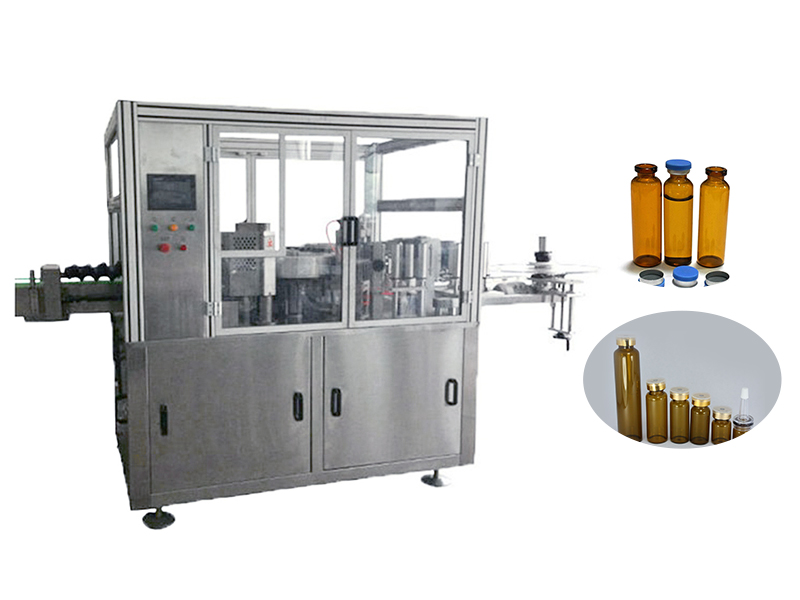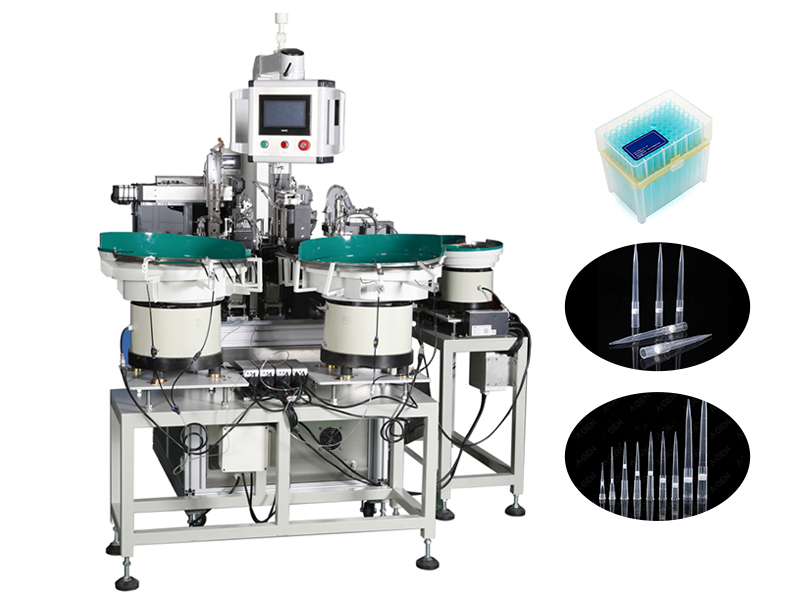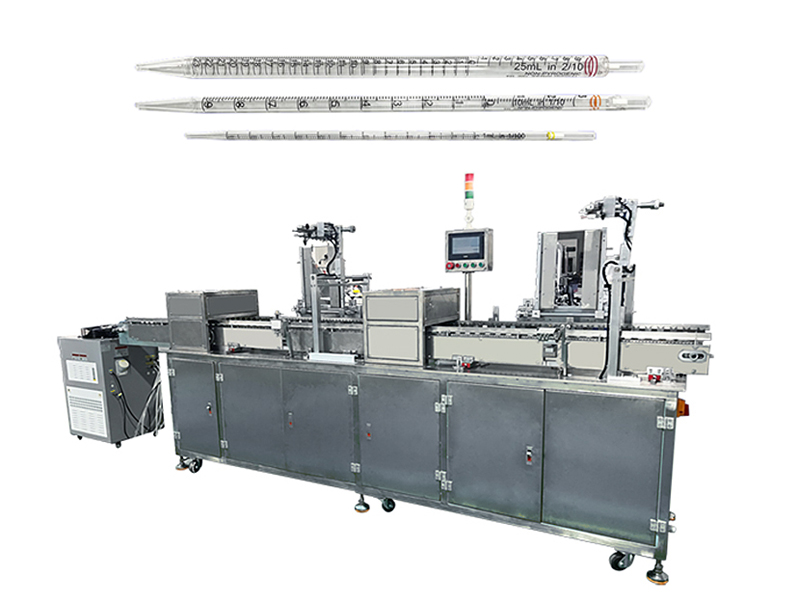Release Date:2023-09-22 10:12:07 Popularity:
With the continuous progress of science and technology, the manufacturing industry is rapidly transforming to meet the growing market demand. In this process, fully automatic assembly line becomes an integral part of manufacturing industry. In this paper, we will elaborate the basic concept, components, assembly steps, application areas, advantages, and future development direction and bottlenecks of fully automatic assembly line.

First, the basic concept and components of fully automatic assembly line
Fully automated assembly line is a production line that assembles parts into complete products through automated equipment and information technology. It includes parts supply, assembly, testing and packaging, and can significantly improve production efficiency and quality. The application and development of fully automatic assembly line not only represents the progress of manufacturing industry, but also brings great economic benefits for human beings.
Second, the assembly steps and precautions of fully automatic assembly line
Fully automatic assembly line usually includes the following steps:
Parts supply: Through the automatic feeding device or logistics system, the required parts are accurately and correctly transmitted to the designated position on the production line.
Assembly: The process of assembling parts into complete products through automated equipment such as robotic arms and conveyors.
Testing: Utilizing various testing equipment to test the quality of the assembled products, such as size and function.
Packaging: Packaging the tested products for subsequent transportation and sales.
In the fully automated assembly process, the following points need to be noted:
Quality and precision of parts: this is the key factor to ensure product quality and must be strictly controlled.
Maintenance and upkeep of equipment: Regularly check the running condition of automated equipment to ensure the stable operation of the production line.
Control of production beat: according to the production plan, reasonably adjust the production beat of each process to improve the overall production efficiency.

Third, the application fields and advantages of automatic assembly line
Fully automatic assembly line is mainly used in labor-intensive, complex product areas, such as automotive manufacturing, electronic product assembly. Its advantages are mainly reflected in the following aspects:
Improve production efficiency: through automated equipment and information technology, reduce manual intervention, greatly improving production efficiency.
Reduce production costs: fully automated assembly line can save a lot of labor costs, and at the same time reduce product quality instability caused by human factors.
Enhance product quality: Through precise testing equipment and strict assembly process, it can ensure the product quality to reach a high level.
Rapid market response: fully automatic assembly line has high flexibility and flexibility, and can quickly adapt to changes in market demand.
Fourth, the future development direction of automatic assembly line and bottlenecks
With the continuous development of science and technology, fully automatic assembly line will face the following development direction in the future:
Intelligent: through the introduction of more advanced sensors, robots and other technologies, to achieve intelligent scheduling, intelligent detection and intelligent maintenance of the production line, and further improve production efficiency and quality.
Greening: focusing on environmental protection and sustainable development, adopting environmentally friendly materials and energy-saving technologies to reduce the impact of the production line on the environment.
Networking: through industrial Internet and other technologies, realize remote monitoring and data analysis of the production line, and improve the synergy and efficiency of the production line.
However, the development of fully-automatic assembly line also faces some bottlenecks:
High technology cost: the equipment and technology content of fully automatic assembly line is high, and the initial investment cost is large.
Maintenance difficulty: fully automatic assembly line involves a large number of equipment, once the failure, maintenance difficulty.
Lack of flexibility: fully automatic assembly lines are usually designed for specific products or processes, and are less adaptable to different products.

Fully-automatic assembly line is an important part of the manufacturing industry, which is of great significance for improving production efficiency, reducing production costs and improving product quality. In practical application, fully automatic assembly line has achieved remarkable results, and there is still a broad space for development in the future. However, to overcome the problems encountered in the development of fully automated assembly line, it is necessary to continuously introduce new technologies and equipment to improve the production line's intelligent, green and networked level. It is believed that in the near future, the fully automatic assembly line will play a greater role in the manufacturing industry and create more economic and social benefits for mankind.